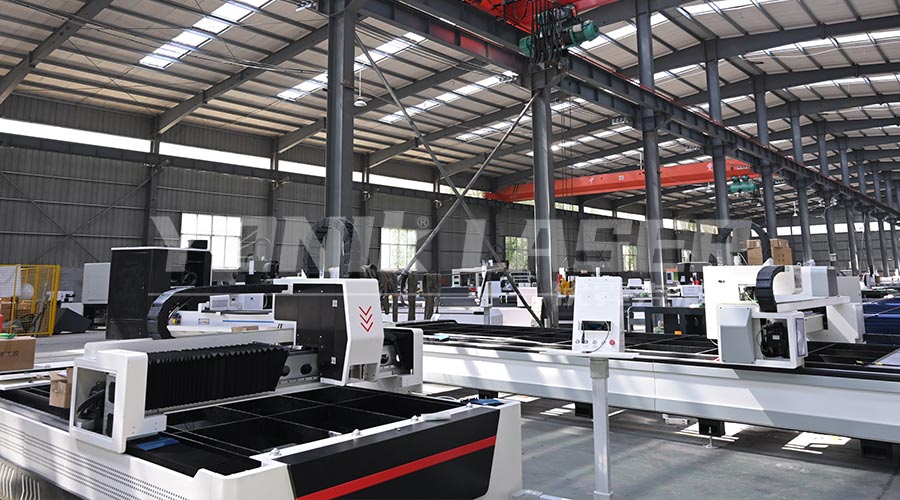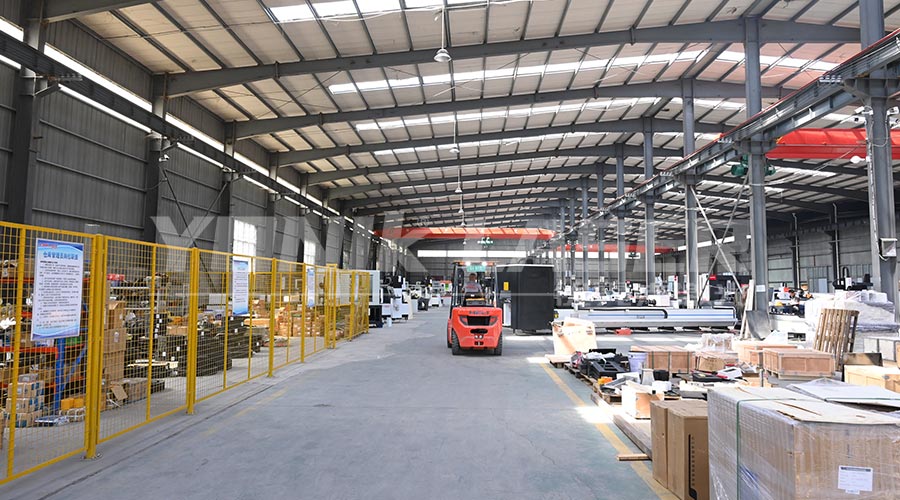The optical lens of a laser cutting machine is like the "eye" of the equipment, directly affecting the beam quality and cutting accuracy. Frequent lens contamination not only leads to a 30% -50% decrease in cutting efficiency, but also causes serious malfunctions such as lens ablation and equipment alarms. This article systematically analyzes the entire process of lens maintenance from pollution causes to cleaning standards, helping you master core skills in 3 minutes and extend lens life by more than 3 times!

1、 Four major culprits of lens pollution: precise identification of pollution sources
1. Metal dust infiltration
Metal particles with a particle size of less than 10 μ m: The ultrafine dust generated during cutting will be protected by a breathable curtain and adhere to the surface of the lens
Data warning: Cutting operations generate approximately 200-500g of metal dust per square meter
2. Splashing and adhesion of slag
High temperature molten material spraying: When cutting thick plates or with incorrect parameters, molten metal splashes onto the surface of the lens, forming a sintered layer
Typical scenario: When cutting stainless steel above 8mm, the splashing temperature can reach 1600 ℃
3. Oil/water vapor condensation
Compressed air contains oil: unfiltered gas carries oil mist, which mixes with dust to form viscous dirt
Humidity effect: When the environmental humidity exceeds 60%, water molecules condense into a mist film on the surface of the lens
4. Improper operation and pollution
Bare hand touching of lenses: Finger grease will leave permanent fingerprints on the lenses (grease refractive index 1.46, 0.34 different from the lenses)
Incorrect cleaning method: Scratches on the lens caused by wiping with regular paper towels
2、 Standardized cleaning 5-step method: 3-minute lens renewal
Step 1: Prepare a professional toolkit
Essential Tool List:
Dust free gloves (ISO Class 5 cleanroom standard)
Optical grade dust-free cotton swab (fiber diameter ≤ 0.5 μ m)
99.99% purity isopropanol (moisture content<0.02%)
Special lens suction pen (vacuum suction force 0.6-1.2N)
Step 2: Safely disassemble the lens
Turn off the device power and wait for the lens to cool down to below 25 ℃
Use a suction pen to vertically attach the edge of the lens (avoiding contact with the coated surface)
Remove the lens holder along the spiral path of "center outward"
Step 3: Layered cleaning treatment
Pollution type cleaning plan
Dust pollution is caused by blowing loose particles on the surface with an ear wash ball (air pressure ≤ 0.2MPa)
Dip an oily stain cotton swab in isopropanol and wipe it in a concentric circular path in one direction (do not rub back and forth)
Sintering residue soaking special optical cleaner (pH 6.5-7.5) for 5 minutes, ultrasonic cleaning for 30 seconds
Step 4: Transmittance detection
Use a laser power meter to detect:
Qualification standard: Light transmittance after cleaning ≥ 98%
Attenuation warning: If the transmittance is less than 95%, replace the lens immediately
Step 5: Standardized installation and reset
Confirm that the coating surface of the lens is facing the direction of laser incidence (usually indicated by an arrow)
Use a torque wrench to lock the compression ring (standard torque value 0.6-1.0N · m)
Perform optical path calibration test after startup (focus deviation ≤± 0.05mm)
3、 Four strategies for long-term protection: reducing pollution frequency by 80%
1. Upgrade the air curtain protection system
Install double-layer cross air curtain device, with air pressure gradient controlled at 0.25-0.35MPa
The cutting head is equipped with a vortex separator, which increases the dust barrier efficiency to 95%
2. Environmental temperature and humidity control
Working temperature: 20-25 ℃ (fluctuation ± 2 ℃)
Relative humidity: 40-55% (equipped with industrial dehumidifier)
3. Lens coating protection technology
Select composite coated lenses (such as ZnSe+Al ₂ O3 coating), with surface hardness increased to Mohs 6 level
Spray nano anti fouling coating once a month (contact angle>110 °, achieving self-cleaning)
4. Operation specification training
Develop an SOP manual for lens operation, with a focus on controlling:
Check the air tightness before starting up daily
Record the transmittance change curve every week
Grinding operations are prohibited within 5 meters of the cutting area
Conclusion: Establish a lens lifecycle management system
Lens maintenance needs to run through the entire process of "prevention cleaning monitoring":
Configure intelligent monitoring system: Install lens contamination sensor (real-time alarm threshold setting)
Establish a consumables ledger: record the cleaning frequency, transmittance, and replacement date of each lens
Purchasing original consumables: Identify ISO10110 optical standard certified products
Immediate action: Click on the link below to obtain the "Optical Lens Cleaning Operation Video Tutorial"+"Professional Cleaning Tool Set Coupon", or make an appointment with an engineer for in-depth maintenance of the optical path system! Follow us to unlock more laser equipment maintenance tips.

Related SEO keywords: laser lens cleaning steps, optical component maintenance specifications, lens contamination prevention plan, isopropanol cleaning techniques, coated lens maintenance, laser cutting head sealing modification, clean room operation standards
2025-07-22
2025-07-21
2025-07-19